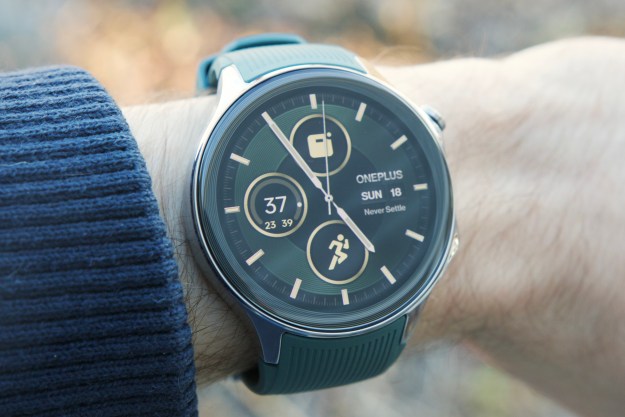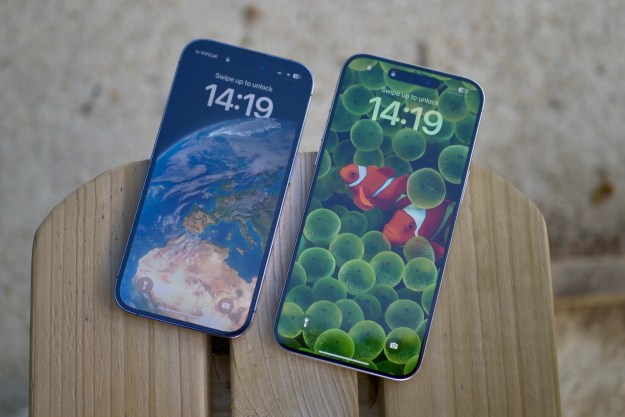
Thanks to a new partnership between Google and Qualcomm, the landscape of Wear OS smartwatches is going to change dramatically — in the next few years, that is. The two companies have inked a deal to develop “a RISC-V-based wearables solution” for smartwatches powered by Google’s wearable operating system.
To put it in the simplest of terms, expect a new wave of custom-designed processors based on an entirely different coding architecture. The major objective, however, is to produce wearable silicon that sucks up less power, but offers higher performance. “This expanded framework will help reduce time to market for [manufacturers] when launching smartwatches with advanced features,” Qualcomm adds in a press release.
Right now, all the mainstream processors you find in Wear OS smartwatches — such as Qualcomm’s Wear series or Samsung’s Exynos portfolio — all rely on core designs provided by British firm Arm. The company collects a licensing fee from its clients (Apple being one of them) and also lets them customize the core designs to their liking in return for additional royalties.
RISC-V, being an open-source instruction set architecture, is not tied to any particular company. This means once software is created using RISC-V, any company can freely utilize it to design semiconductors. This is expected to have a significant impact on the expansion of the related ecosystem.
Why RISC-V is a big deal for Wear OS

While cost is definitely an incentive for existing Wear OS ecosystem players to lookat a cheaper alternative, there are a few more aspects at play here. Arm’s status as a company hasn’t been stable lately. Its blockbuster acquisition by Nvidia was foiled by regulators. Plus, Arm’s feud with Qualcomm is well-known, despite their deep partnership, especially in the computing ecosystem.
However, the biggest benefit of adopting the RISC-V architecture is its open-source nature. That means not only that the stakeholders get free real estate, but there won’t be any impediment to chip customizations. Wear OS watches aren’t without their problems, especially when it comes to power draw and battery efficiency.
This expanded framework will help reduce time to market for [manufacturers] when launching smartwatches with advanced features.
Another major benefit of an open-source infrastructure is that it lowers the barrier for small and new players in the ecosystem, bringing more competitive devices to the table and adding to the diversity of options for an average buyer. There is already some precedent for RISC-V in the Google ecosystem. In 2021, PLCT Lab managed to boot Android on a 64-bit RISC-V core.
Giving the big players, especially the likes of Google and Qualcomm, a free hand could yield great results. Apple has already done that within the Arm ecosystem with not just its iPhone and smartwatch chips, but it also successfully reinvented the entire Mac silicon ecosystem to such an extent that it left the likes of Intel and AMD far behind.
The seeds have already been planted
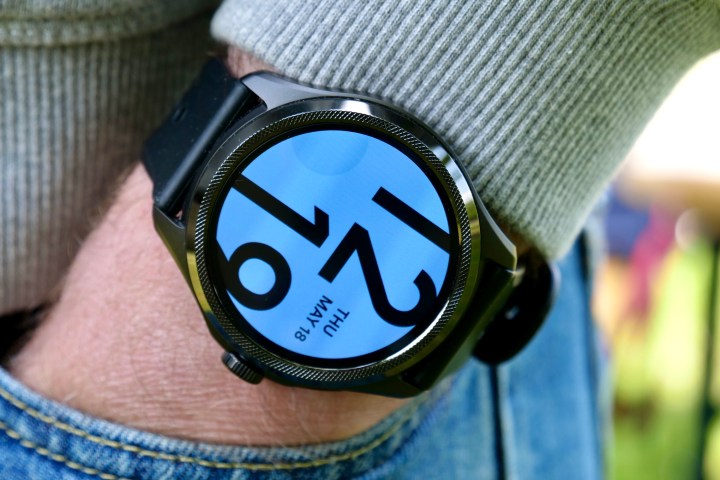
The latest partnership between Google and Qualcomm is not entirely unexpected, however. The top stakeholders in the wearable ecosystem – Google, Qualcomm, MediaTek, and Samsung – are already on the board of the RISC-V Software Ecosystem (RISE) Project. Championed by the Linux Foundation, the RISE project aims to speed up the development of a “robust software ecosystem specifically for application processors.”
In August 2023, Qualcomm joined with othe semiconductor players to establish a company centered around the RISC-V ecosystem. The objective is to “enable compatible RISC-V based products, provide reference architectures, and help establish solutions widely used in the industry.” This new company will focus on mobile, the internet of things (IoT), and automotive segments.
Fortunately, we already have a glimpse into the future. California-based SiFive developed two high-performance RISC-V processors last year that are targeted at wearables, AR/VR, and IoT devices. In fact, Qualcomm and Samsung are already evaluating SiFive’s RISC-V processors for possible integration into their own ecosystem of products.
Electronic Design notes that SiFive’s P670 already matches Arm’s Cortex-A78 core in performance, but in a package that is half the size. The P470 takes on the Cortex-A55, but goes for an even more compact profile and higher energy efficiency. Think Silicon has also developed RISC-V-based GPU solutions targeting smartwatches and AR/VR wearables.
A challenging, but rewarding road ahead
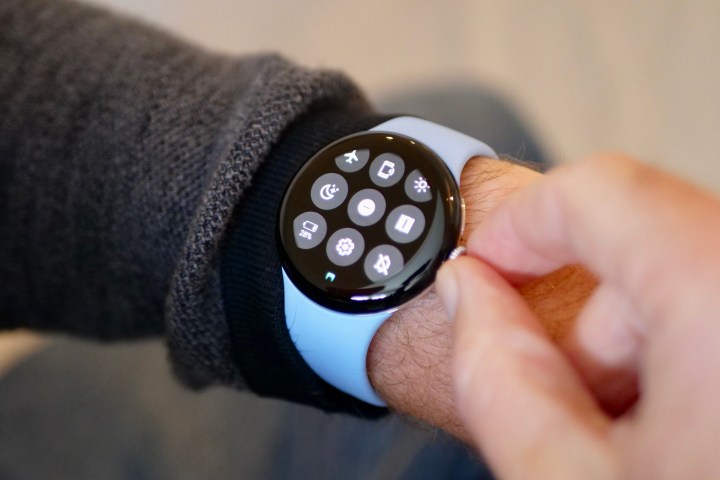
The future seems bright, but a hardware ecosystem only prospers with a rewarding software ecosystem, and that’s where Google has to play a crucial role for RISC-V to succeed. Google has already announced Android support for RISC-V with wearables, but so far, only an emulator is in place.
The world of application processors is notoriously complex, and for RISC-V to make a lasting impact on the Wear OS ecosystem, it would take some bold moves. Google can take some lessons from Apple here, as the latter worked closely with developers in its switch away from Intel’s x86 architecture and to the Arm ecosystem for the M-series processors for Mac.
The Wear OS world has multiple parties that need to work closely together for RISC-V to succeed on wearables. Google and Samsung both have ample experience with smartwatch software, as well as custom silicon, while Qualcomm has served as a silicon supplier. The Google Pixel Watch 2 and Samsung Galaxy Watch 6 are great examples of how good Wear OS watches are today, and with this partnership, they only stand to get better.
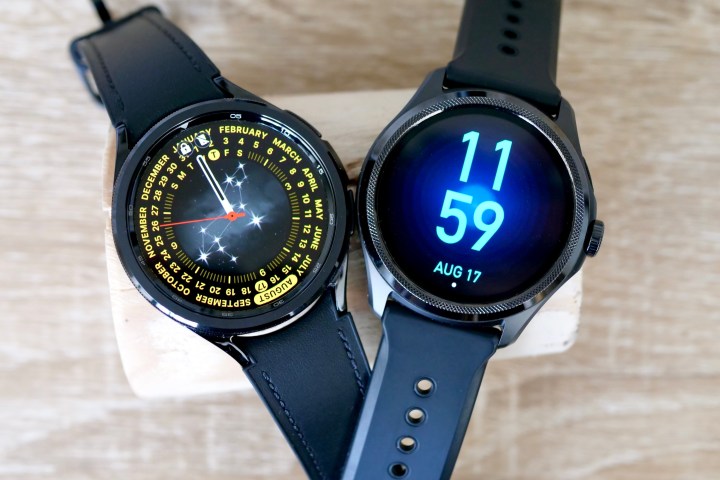
As promising as it all sounds, the partnership could easily take a few years to materialize. Google will have to make it effortless for developers to port Wear OS app code to the RISC-V ecosystem, while the likes of Samsung and Qualcomm will have to figure out the hardware technicalities.
At the end of the day, it would take two to tango for Wear OS on RISC-V to materialize meaningfully. But the ultimate question is: “How badly do Google and Qualcomm want it to succeed?” I, for one, am not entirely sold on Google’s track record with such commitments, but I’m also aching to see a vibrant smartwatch ecosystem take shape in the near future.
Editors' Recommendations
- I compared Google and Samsung’s AI photo-editing tools. It’s not even close
- Here’s how Apple could change your iPhone forever
- Samsung Galaxy Watch 7: news, rumored price, release date, and more
- The OnePlus Watch 2 is the Wear OS smartwatch I’ve been waiting for
- 5 phones you should buy instead of the Google Pixel 8 Pro



